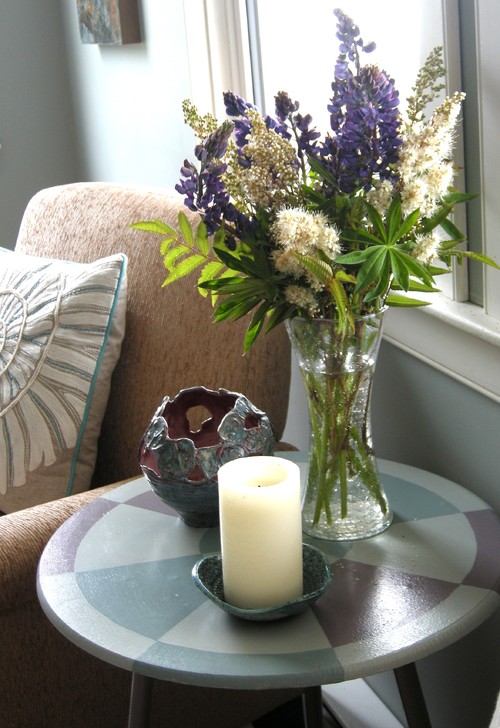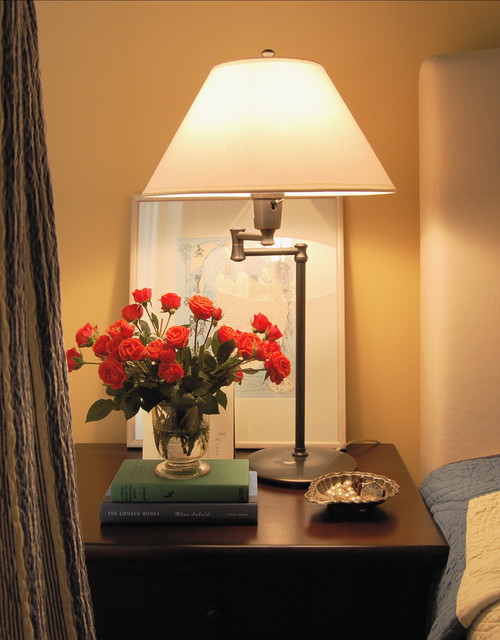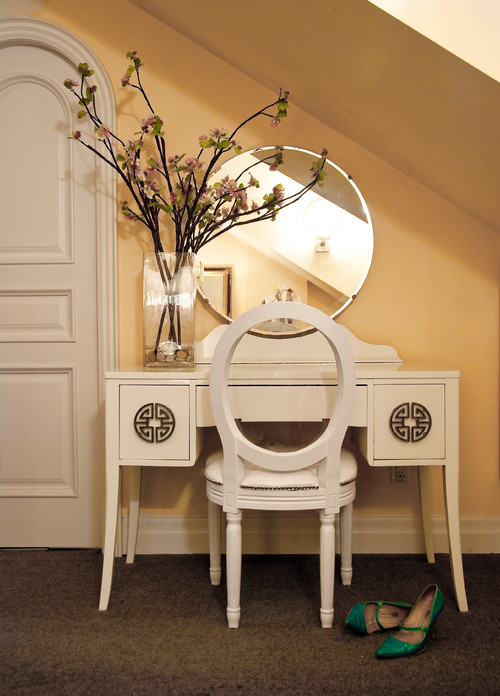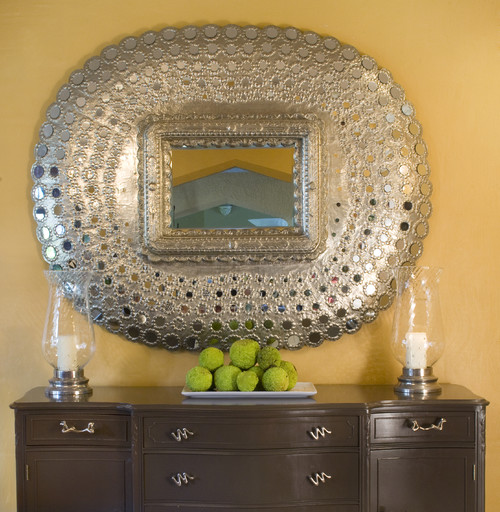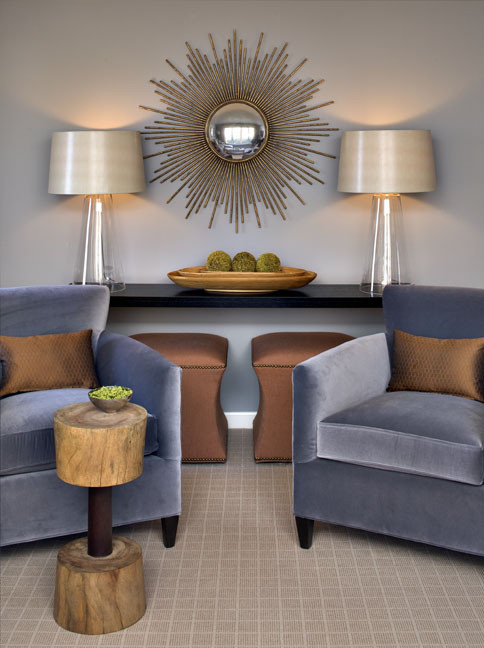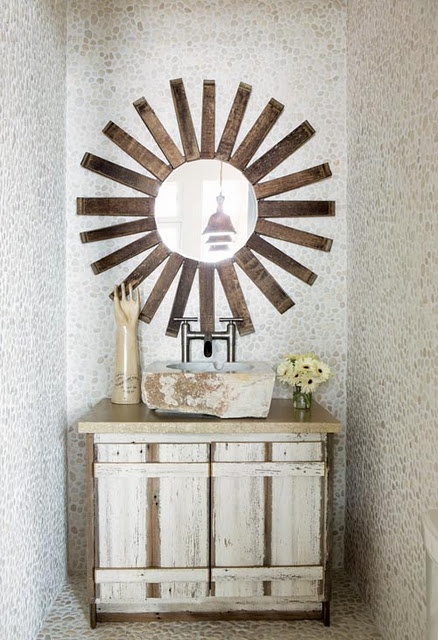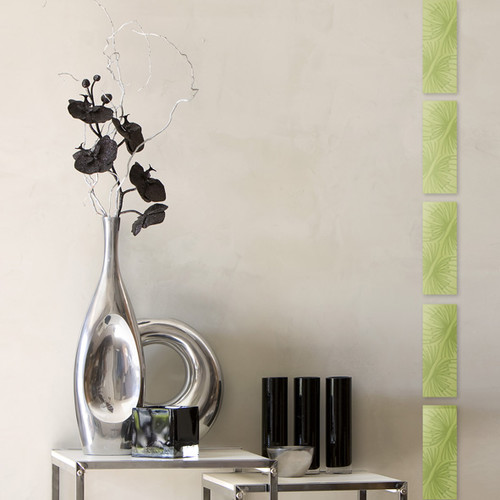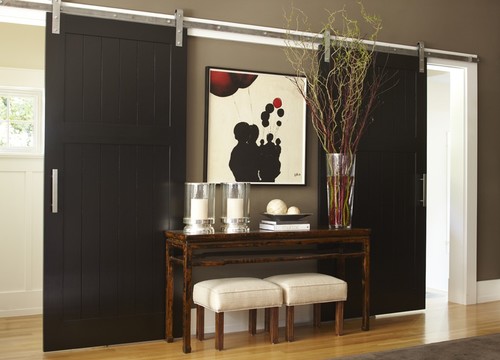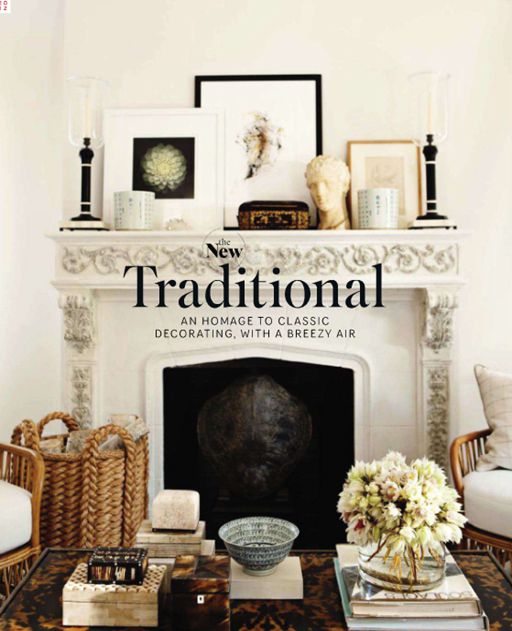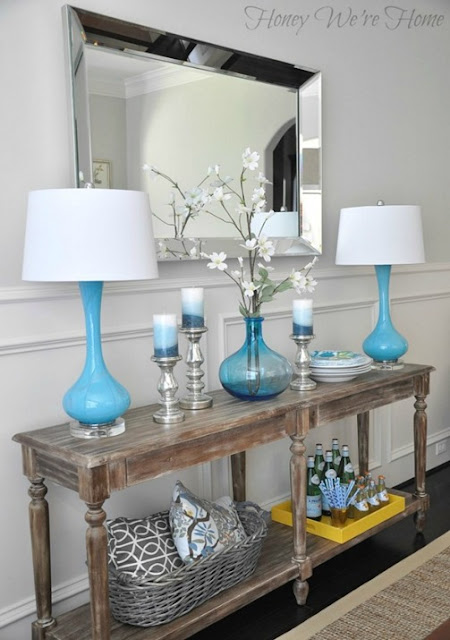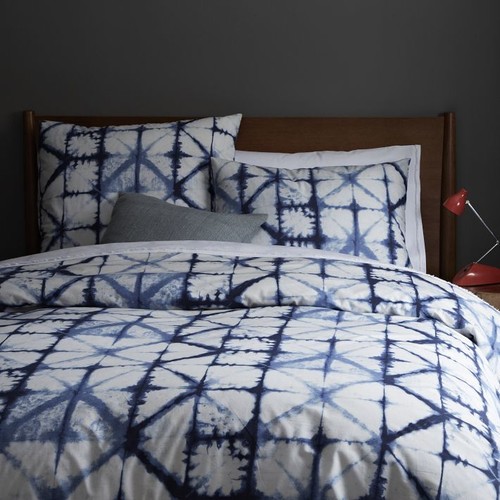When everything looks new, co-ordinated and just so, you end up with an unwelcoming and often boring home. Such spaces can make visitors feel confined and uncomfortable. Nothing invites you in because when everything is perfectly matched objects become a blur.
Is there a middle road?
What makes an interesting and inviting space? Do you need a large budget to have a great home?
Fortunately you can have a very interesting space on a modest budget. It just takes a little ingenuity. As with most things in home decor what someone finds interesting or inviting is dependent on their likes and dislikes; I can only write about what I find interesting in a space. Here are some of the characteristics I think create interesting spaces.
It has a collected feel
That simply means that the home has objects that have been acquired over time and in different ways. It could be objects collected from travels, antiques, personal items, family heirlooms, original art etc. The space does not look like you went out to several stores on one day and outfitted the place. It definitely does not look like a model home!The rooms are arranged for conversation
Nothing is as bad as going to someone's home and not feeling like you are meant to be there. You can have that feeling for many reasons, but it often boils down to not feeling part of the conversation or not having a comfortable place to sit or lay down a beverage.I would love to spend an evening here chatting with friends.
There's a mix of old and new
Pristine is not that interesting. Often when everything is new you don't appreciate any of it. You need a yardstick against which you can appreciate the newness, and that means having some things that are older. Another great thing about old pieces is the sense of history and intrigue they create. Visitors are left wondering why the pieces are so important that you've decided to keep them. If you like very contemporary or modern decor, there is still a place to add interesting objects with a history.Briggs and Solomon
There's a mix of hand crafted and manufactured products
In our world of mass production, it is so easy to forget the importance of the marks left by the hands of an artist and the presence of ideas in objects. Having art, fine craft and the hand made is like having a whole pile of interesting people over at one time. There is a merging of ideas and various takes on the natural and man made world. Then there's the one of a kind aspect.Designing Home/Margaret Ryall
Everything in this space is hand made by various artists. Even the plant was grown locally.
The natural world is referenced
Designing Home/Margaret Ryall
This unique vessel titled Barnacle by Anita Singh plays nicely with the glass bowl of sea urchins and wild ferns. The nautilus design on the pillow supports the overall outdoorsy theme in this casual summer house. The table in the photo above can be seen in the background.
Accessories are moved/changed
Thought has been given to space planning
There are surprises to be discovered
I love a bit of the unexpected. There are all kinds of ways to achieve this. It could be a colour that you might not think about pairing with your colour scheme. It could be an a family heirloom, some of your child's artwork scanned and made into a book, a vase you made in high school art, the work of a friend, a display of framed post cards from trips you've taken arranged in a grid, a piece of furniture in a place where you wouldn't expect to see it, etc. The sky is the limit.How pleasant these doilies look backed with blue and enclosed with white frames . Such a great way to display family heirlooms.
I am intrigued by the chain hanging from the candlestick. Does it have significance to the homeowner? Did a visitor drop it and it's placed here to keep it safe? Did the homeowner change her mind just before going out?
Each piece has its own compartment that acts like a mini frame. Together there is coherency in the pieces and it is very pleasing to the eye. My favourite is the white doll. Where did that come from?
And why not end with glowing forsythia, bold in scale and vivid in colour? The arrangement look so great in front of a simple, repetitive composition of fish.
What tricks do you use to create an inviting home?





